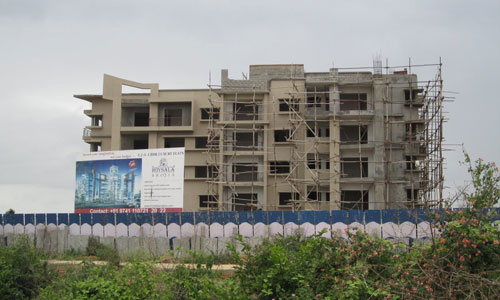
Many of the homebuyers in their desperate instinct are thinking of immediately stopping EMIs (Equated Monthly Installments) to banks. However, many of them are conscious of the fact that stopping EMI is not a solution. If buyers stop servicing their home loans (as they are not sure if they will get a house), it may impact their credit rating.










